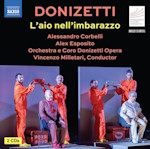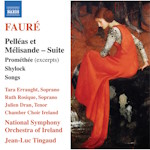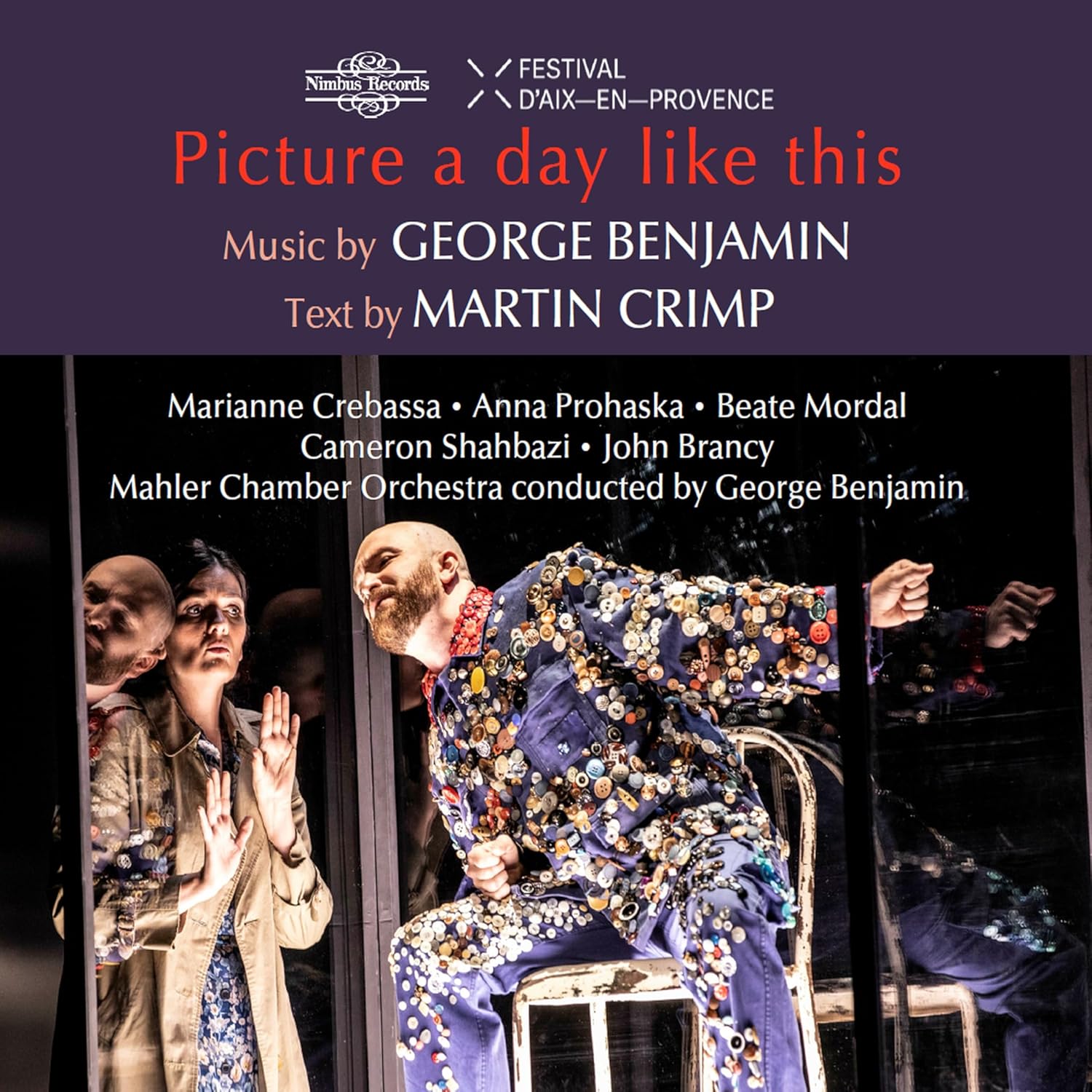Shostakovich: String Quartet No. 13 in B flat minor, Op.138 (1970)
Adagio – Doppio movimento – Tempo primo
After the exultant conclusion of No.12 there can be little doubt as to the emotional state of its successor, composed in the Spring of 1970 while Shostakovich was undergoing treatment in Kurgan for a muscular illness. Many listeners have been truly frightened by this work, and even the most resilient temperament must have difficulty in escaping the overwhelming impression that this is one of the most disturbing things he ever wrote. Its arch-like form outwardly resembles Nos. 7 and 8; but it is the great second movement of No.12 which is the real springboard, evolving in No.13 with a unity so advanced that the work is compressed into a single movement, throughout which the pulse remains unchanged. The basic tempo is Adagio, with a central section moving at exactly double speed. The quartet was dedicated to Vadim Vasilievich Borisovsky, the original viola player of the Beethoven Quartet, and his instrument is understandably given an important part to play – right from the start, no less, where it presents a twelve-note row whose melodic intervals form the basis of so much of the subsequent material. This row has inherited a quite definite tonal flavour – possibly under the influence of Alban Berg, whom Shostakovich deeply revered.
It is not uncommon to find passages in a Shostakovich score which seem to relate to earlier works; and so, when a “second subject” is proposed by violin II it is not entirely unexpected, suggesting as it does a combination of motifs from Quartets 4 and 8. This soon provokes the first screaming outburst, which eventually subsides into familiar territory before a doubling of tempo is announced by the first violin, tapping out that most characteristic Shostakovich rhythm over a pedal E; the rhythm becomes more and more obsessive, the viola leading the protest, until it is eventually hammered out in excruciating chords of superimposed minor ninths which are then scattered into pizzicato Klangfarbenmelodie (a device associated with Webern, whereby a melodic line or note-row is split across more than one instrument).
The next 140 bars are entirely dominated by a jazzy ostinato rhythm, highlighting a grey landscape where the intentional monotony recalls certain passages of Sibelius: perhaps Night-ride and Sunrise? There is certainly something of the night here, and some writers even like to call it a “dance of death”. The dynamic threshold always remains low; but after the texture has gathered threateningly with double-stopped melodies – creating what is, for this composer, a quite remarkable level of unresolved dissonance – the ostinati falter and all movement ceases. Out of this grows an uncomfortably eerie noise: three lines of semitone trills, over which the first violin returns with its original tapping rhythm, now in steely pizzicato (marked up from piano to forte by the composer in York). The viola takes up the rhythm as before, completing the mirror effect of the arch form as the opening section of the piece is reached. All the original material is referred to, culminating in a heart rending recapitulation of the “second subject”, out of which the viola emerges alone as all other sounds are silenced, climbing higher and higher as if to disappear……
This quartet was given its first Western performance (by the Fitzwilliam) in Harrogate, on 11 November 1972, and repeated five days later in York, in the presence of the composer.
© Alan George


















